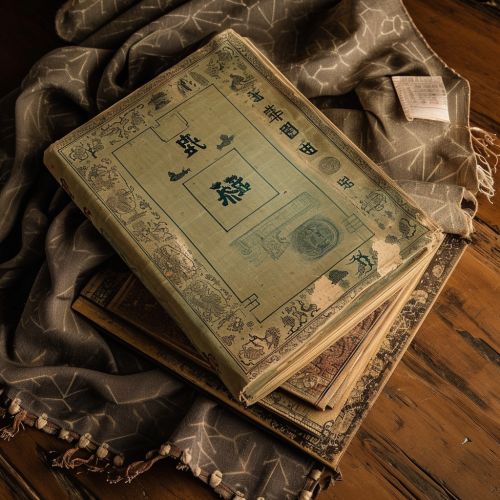I Ching
Overview
The I Ching or Yì Jīng, also known as the Classic of Changes or Book of Changes in English, is an ancient Chinese divination text and among the oldest of the Chinese classics. With more than two and a half millennia's worth of commentaries and interpretations, the I Ching is an influential text read throughout the world, providing inspiration to the worlds of religion, psychoanalysis, business, literature, and art.
History
The I Ching originated from a divination system that dates back to the late 9th century BC, known as the oracle bones. The text was re-interpreted as a system of cosmology and philosophy that subsequently became intrinsic to Chinese culture. Its philosophy centers on the ideas of the dynamic balance of opposites, the evolution of events as a process, and acceptance of the inevitability of change.


Structure
The I Ching is structured around 64 hexagrams, each composed of six stacked horizontal lines (yáo). Each line is either broken, representing yin, or unbroken, representing yang. The relationships between the hexagrams are represented in two arrangements, the King Wen sequence and the Binary sequence.
Interpretation
The interpretation of the I Ching is a matter of centuries-old debate among sinologists. The basic interpretation of the text is that it offers wisdom about the balance of opposites and the process of change. It is also seen as a guide to moral and ethical life, often used for divination.
Influence
The I Ching has had a profound influence on many aspects of Chinese culture, such as Feng Shui, Chinese astrology, traditional Chinese medicine, and the martial arts. It has also influenced Western figures such as Carl Jung, who saw the I Ching as evidence for his psychological theories.
